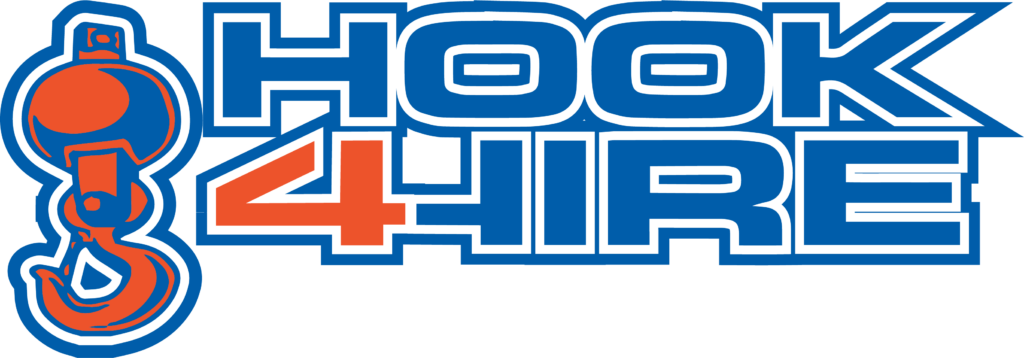A crane lift is a type of heavy lifting equipment used to lift and move heavy loads. Three basic hitches are used with a crane lift: straight (vertical), choker, and basket. Every type of hitch is used depending on the size and weight of the load, as well as the distance the load needs to be lifted. But how are the hitch types different from each other? Here are some ideas.
1. Straight (Vertical) Hitch
A straight (vertical) hitch is used for lifting relatively lightweight and small loads. It is also the most common type used on crane lifts. To attach the load to the crane, a sling is used to connect the load to the crane’s hook. The load is then lifted vertically and placed in its desired location.
Although it is the most common hitch type used in everyday lifting and rigging tasks, it is worth noting that people can only use it for vertical lifts. Therefore, a different hitch must be used if the load needs to be lifted at an angle.
2. Choker Hitch
The choker hitch is used to lift relatively small loads and is typically used for lifting pipes and logs, often produced by passing the end of a rope around an object and then passing the end of the rope through the loop formed around the object.
People can tighten the choker hitch by pulling on the rope’s standing part. The loop is then placed over the object, and the ends of the rope are pulled tight. Meanwhile, i is a very secure knot and is unlikely to come undone unless the ends of the rope are released.
3. Basket Hitch
A basket hitch is a type of knot used to lift a load, typically a cylindrical object, in a basket-like fashion. The basket hitch is not very secure and is not recommended for use in situations with a risk of the load falling.
A basket hitch is formed by passing the end of a rope around an object, forming a loop, and then passing the end of the rope through the loop. The rope’s end is pulled tight, and the loop is placed over the object to be lifted. The standing part of the rope is then used to lift the object.
Materials Used in Creating Slings
The materials used to create slings are essential when selecting the suitable sling for your application. Different materials offer different advantages and disadvantages, affecting how challenging or easy the rigging or lifting process becomes.
a. Polyester
Polyester is one of the most common materials used in making slings. It is available in a variety of colours and sizes. Polyester is a strong and durable material, making it ideal for heavy-duty applications. Polyester is also resistant to UV light, making it ideal for outdoor applications. However, polyester is not resistant to abrasion or chemicals, making it unsuitable for some applications.
b. Nylon
Nylon is another common material used in making slings. First developed in 1930, it is a strong, durable material resistant to abrasion and chemicals. Nylon is often used in making slings, as it can withstand great weight and force. Nylon slings are often used in industrial and construction applications to support heavy loads safely.
Conclusion
A sling is a piece of equipment used to support or lift heavy objects. Slings are made from various materials, such as polyester, nylon, and polypropylene, and are available in various sizes and can be used for various applications.
Hook4Hire is a reliable mobile crane service company based in Owensboro. We offer rigging equipment rentals in the area, helping clients with industrial maintenance, steel erection, road building, and HVAC projects. Our years of experience allow us to offer safe yet efficient services while following industry standards. Need a lift? Inquire through our website for more details today.
